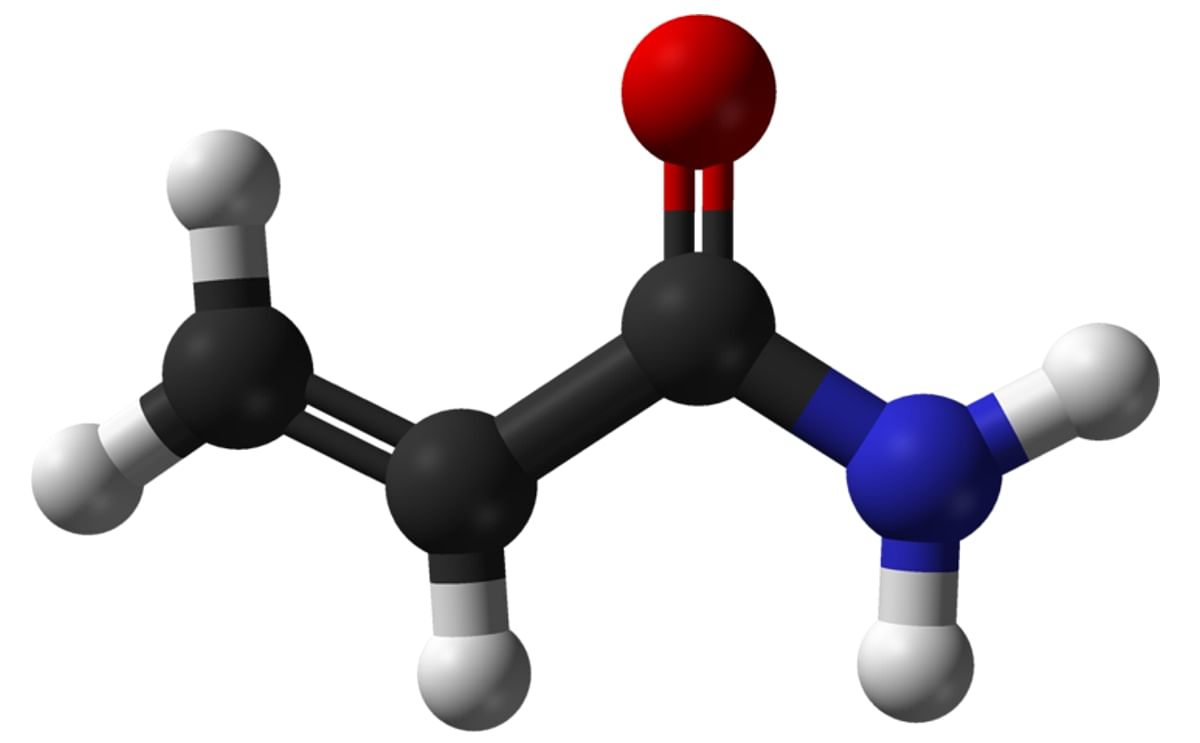Estiman la exposición al contaminante acrilamida en adolescentes varones españoles
Estiman la exposición al contaminante acrilamida en adolescentes varones españoles

The Food &Grocery Council is welcoming a significant drop in concentration of acrylamide in potato crisps, and says it will continue to work with industry to find ways of lowering its levels in other foods, CEO Katherine Rich said today.
She is responding to the release of a report – Acrylamide in New Zealand Food and Updated Exposure Assessment – prepared by the Institute of Environmental Science &Research (ESR) for the Food Safety Authority (now the Ministry for Primary Industries).
Acrylamide is a naturally occurring substance which can be a by-product of cooking starchy foods at high temperatures.
The ESR assessment measured acrylamide in foods including potato crisps, hot chips, oven fries, bread, biscuits, breakfast cereals, muffins, fried rice, noodles, cereal-based snack foods, peanut butter and nuts. It was instigated at the request of the Food &Grocery Council (FGC) and undertaken last year.
It found that acrylamide concentrations in potato crisps “decreased significantly” when compared to the 2006 study, while potato hot chips and wheat biscuit cereals concentrations were “very similar”.
Mrs Rich says she is pleased to see that steps taken by potato chip manufacturers have resulted in the concentration of acrylamide decreasing by 63% since 2006.
“Some manufacturers have been focusing on reducing levels and clearly that work has paid off.
“A mix of actions is available to them, including using low-sugar potatoes, re-working recipes, and changing processing methods and pre-treatments, such as soaking potatoes.
“Acrylamide has been part of the human diet for thousands of years. No one knew it existed till 2002, when it was discovered by a Swedish scientist. FGC members took action when the issue emerged as a food issue.
“The food industry has taken the issue seriously, and I’m pleased the assessment’s findings reflect that. Manufacturers continue to explore ways of reducing acrylamide in a number of foods, and the FGC supports that work.”
Mrs Rich said no health authority in the world has recommended changes in eating behaviour because of acrylamide.
“New Zealanders’ consumption of acrylamide is consistent with World Health Organisation parameters for average population consumption – about 1,000th of a milligram of acrylamide per kilogram of body weight per day.”
There are simple steps people can take to reduce the amount in diets, particularly its formation in home cooking.
“For example, frying causes the highest acrylamide formation, so it would be prudent to fry food at lower temperatures and avoid heavy crisping or burning. Generally, more acrylamide accumulates when cooking is done for longer periods or at higher temperatures. So, not overcooking food and, in particular, making sure French fries are golden and not brown, and steering clear of charred things is a good idea.
“The key is to continue with a balanced diet, with everything in moderation. Consuming anything in extreme quantities will usually produce a negative outcome of some kind.
Read the full report
She is responding to the release of a report – Acrylamide in New Zealand Food and Updated Exposure Assessment – prepared by the Institute of Environmental Science &Research (ESR) for the Food Safety Authority (now the Ministry for Primary Industries).
Acrylamide is a naturally occurring substance which can be a by-product of cooking starchy foods at high temperatures.
The ESR assessment measured acrylamide in foods including potato crisps, hot chips, oven fries, bread, biscuits, breakfast cereals, muffins, fried rice, noodles, cereal-based snack foods, peanut butter and nuts. It was instigated at the request of the Food &Grocery Council (FGC) and undertaken last year.
It found that acrylamide concentrations in potato crisps “decreased significantly” when compared to the 2006 study, while potato hot chips and wheat biscuit cereals concentrations were “very similar”.
Mrs Rich says she is pleased to see that steps taken by potato chip manufacturers have resulted in the concentration of acrylamide decreasing by 63% since 2006.
“Some manufacturers have been focusing on reducing levels and clearly that work has paid off.
“A mix of actions is available to them, including using low-sugar potatoes, re-working recipes, and changing processing methods and pre-treatments, such as soaking potatoes.
“Acrylamide has been part of the human diet for thousands of years. No one knew it existed till 2002, when it was discovered by a Swedish scientist. FGC members took action when the issue emerged as a food issue.
“The food industry has taken the issue seriously, and I’m pleased the assessment’s findings reflect that. Manufacturers continue to explore ways of reducing acrylamide in a number of foods, and the FGC supports that work.”
Mrs Rich said no health authority in the world has recommended changes in eating behaviour because of acrylamide.
“New Zealanders’ consumption of acrylamide is consistent with World Health Organisation parameters for average population consumption – about 1,000th of a milligram of acrylamide per kilogram of body weight per day.”
There are simple steps people can take to reduce the amount in diets, particularly its formation in home cooking.
“For example, frying causes the highest acrylamide formation, so it would be prudent to fry food at lower temperatures and avoid heavy crisping or burning. Generally, more acrylamide accumulates when cooking is done for longer periods or at higher temperatures. So, not overcooking food and, in particular, making sure French fries are golden and not brown, and steering clear of charred things is a good idea.
“The key is to continue with a balanced diet, with everything in moderation. Consuming anything in extreme quantities will usually produce a negative outcome of some kind.
Read the full report
Like to receive news like this by email? Join and Subscribe!
Join Our Telegram Channel for regular updates!
Sponsored Content
Sponsored Content
Sponsored Content
Sponsored Content
Sponsored Content








